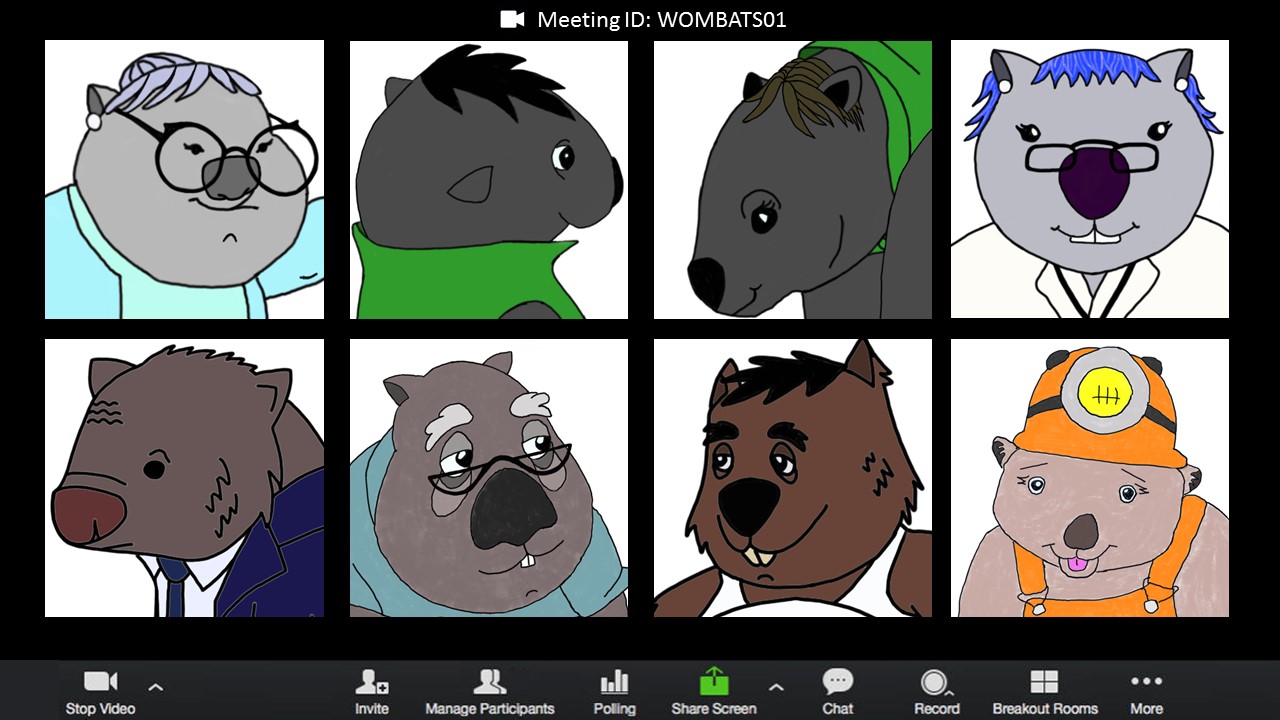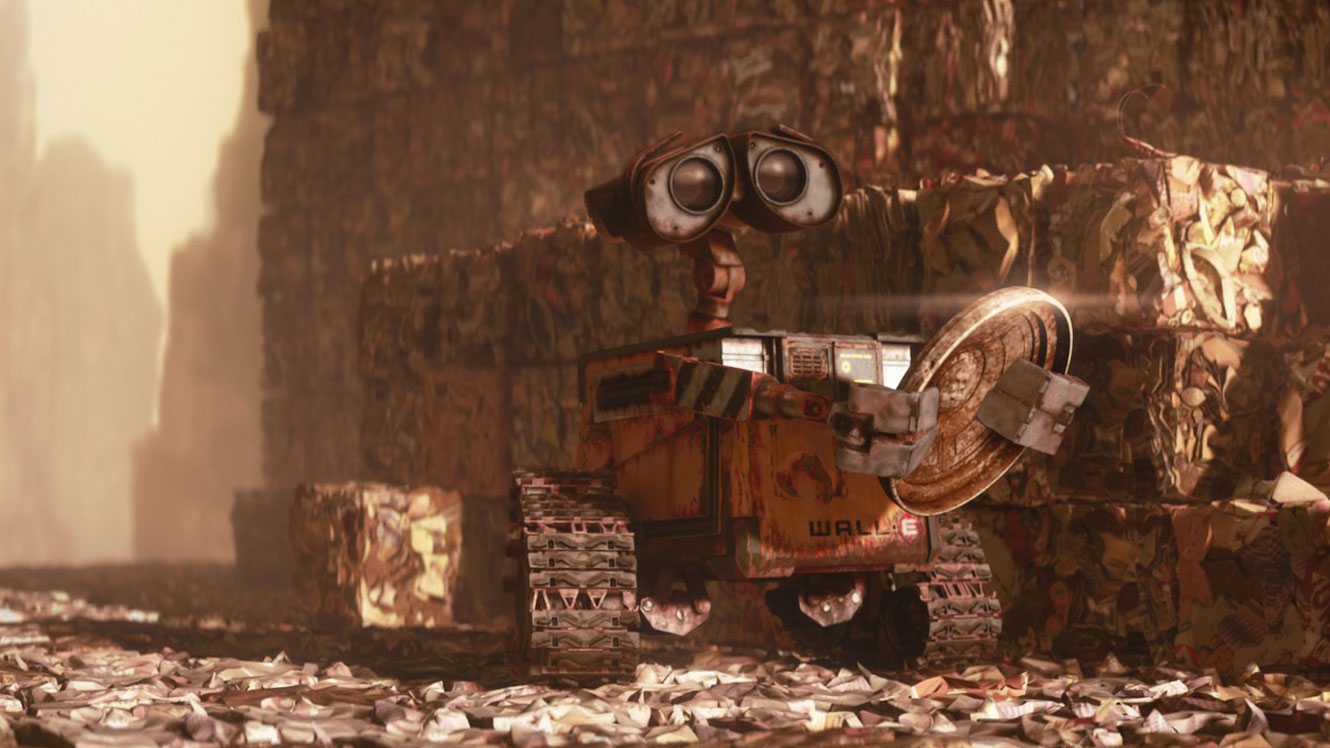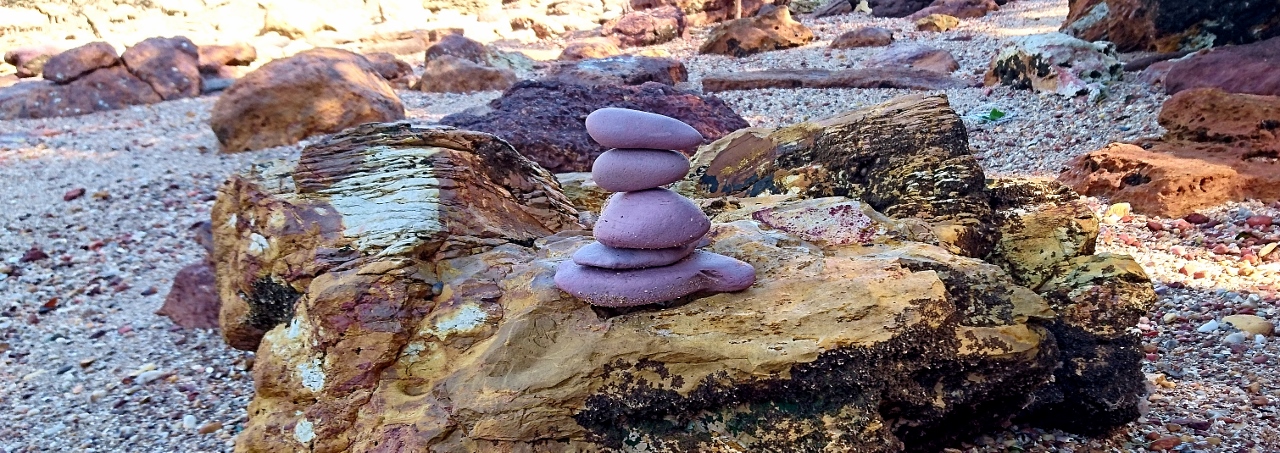Get onto Inspired NT’s youtube channel for Episode 2.
Category: General
The Wombats of Wollombi Episode 1 – Bones from nowhere.

Released for National Science Week 2020: https://www.youtube.com/watch?v=jmflFac2rms Some comments from myself as The Wombats premier today: The Wombats have been a work in progress, at least within my mind, since my Homeward Bound voyage. It took until losing my job working as a geologist when coronavirus hit for me to finally put pen to paper or rather, s-pen to tablet, to do something about my creative urges. To use wombats to tell my stories became a no-brainer for me after my dad died in 2017 – they were his favourite animal and, of course, live underground where all geologists live in a virtual sense. My dad was one of my biggest fans while I was fund-raising for HB16, to the point of embarrassment at times but his relentless enthusiasm taught me it’s ok to be proud of my achievements. My Homeward Bound sisters in 2016 witnessed my awakening to my…
Mining in a New Space at MAGNT

Notes from presentation for those who missed it in November 2017.
Happy Birthday Callum, have an Earthquake!
So it’s the third tremor I’ve felt while living in Darwin, almost 1 year now. Apparently there was one last night as well, around dinner time. That one I did not feel but perhaps I was busy, plus the tele was on, plus I’d had wine… My bed shook at 5.46 this morning and something dropped on the floor in the apartment above me. Scared the proverbial …. out of me. Once I was awake enough to realise what it was (not Ian slamming the front door on his way to the airport) I rode the waves out in bed, quite calmly. I really enjoy such an experience, probably because I know exactly what’s happening, geologically speaking. I always try to focus for as long as possible to feel every wobble-cluster afterwards as they become gentler and fade away. The ABC was quick to report this one, probably because it…
Future Earth – National Science Week 2017

This is a presentation I gave to years 5 and 6 at Nakara Primary School. We had quite a discussion! The Anthropocene – we’re in it, like it or not. This is the period in which humans have so influenced geological processes at the Earth’s surface that evidence is now trapped within strata to make a physical reference point in time. (Although we’re still arguing over the exact date… but what’s a few decades in 4.5 billion years?) We have created what’s termed the Technosphere. Plants and animals constantly re-use nutrients and wastes but people aren’t very good at that. We recycle some materials but most of our junk just keeps piling up. Maybe in the order of 30 trillion tonnes of it! [1] So what might Future Earth be like? Some simple examples to consider are things like: Railway/road tunnels, underground mines and drill holes – at some time…
A morning on Doctor’s Gully Beach looking for coal.

A passing conversation with local artist, Carol Phayer, saw me head down to the beach at Doctor’s Gully one day in mid June. Carol had shown me some chunks of black “rock” she sometimes picked up at the beach and makes into jewellery, rings mainly. I had exclaimed “OMG, that’s coal, what the hell is that doing on the beach here?” So, I just had to investigate it for myself… Unfortunately, I didn’t find much coal, only small bits lying around the place, presumably from historic coal unloading facilities in the area. Apparently one such wharf was bombed by the Japanese during WWII. What I did find, however, was a rainbow beach of porcellanite boulders – SIMPLY BEAUTIFUL. Porcellanite is a siliceous duricrust which has developed within altered Cretaceous mudrocks in the Darwin city area and is well exposed in coastal cliffs to the north. Its distinctive geotechnical properties include…
Opinion piece on LinkedIn
https://www.linkedin.com/pulse/green-leaders-needed-increase-exploration-investment-marianne-harvey?trk=v-feed&lipi=urn%3Ali%3Apage%3Ad_flagship3_profile_view_base_recent_activity_details_all%3BVmbo5VnzGVbmM0uuTsfx0w%3D%3D
A snippet of Kakadu NP geology
The areas of Ubirr and Nourlangie Rock I visited in May 2017 are dominated by the fluvial Kombolgie Formation sandstones and conglomerates. This sequence of sediments was deposited approximately 1.7 billion years ago by a braided river system flooding across a wide flat plain that had formed after a long period (~100 My) of erosion of even older rocks. The conglomerates seen at Nourlangie are the basal units of the Formation and the size of the quartzite pebbles indicates deposition by a high-energy river system. As the energy of the system decreased over time and with the increasing thickness of material deposited, the sediment able to be carried by the river became finer resulting in the upper units grading to sands. Flash-floods would have occurred from time to time depositing thick layers of coarser sand, and cross-bedding is evident in places where river banks may have been over-topped. Ripple marks…
A visit to Ranger Uranium Mine
I visited the Ranger Uranium Mine on Saturday 27th May as Energy Resources Australia (ERA) were holding a public Open Day. Anti-uranium mining sentiment remains strong in the Territory to this day but the mini-buses for tours to the mine were full. The Australian Federal Government legislated for the development of the Ranger Mine in 1976 and, interestingly, the first stage of the Kakadu National Park (KNP) was declared in 1979. So perhaps without the mine, there would be no KNP – a political compromise, perhaps? Traditional owners of the land on which the mine operates have been paid substantial mining royalties over the years. The town of Jabiru was originally built to accommodate the mine’s workforce in 1982 but also now acts as the service centre for tourism within KNP. A 2007 study[1] estimated $15 million per year in tourism revenue was being contributed directly to the Top End…
About me and this blog
I am Marianne: a geologist; mother; and business owner. So I am also an ex- horse rider; musician; and international traveller. This will be my space in which I will share my thoughts, musings and machinations. A platform upon which to monologue but also from which I hope to mentor and motivate. Cheers, big ears.